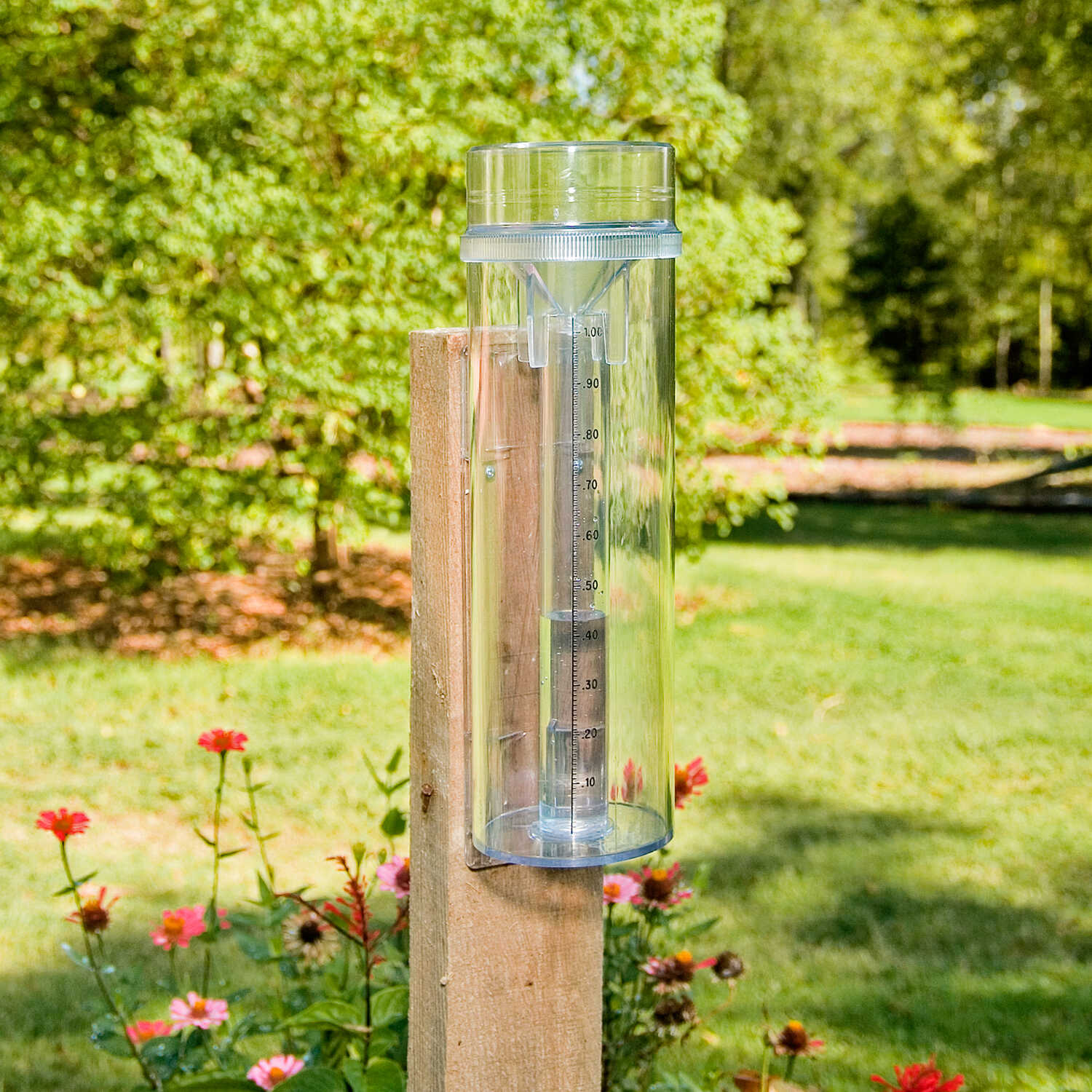DIY Rain Gauge: Easy Actions to Make Your Own
Developing your own Do it yourself rainfall gauge is a simple and effective method to gauge and tape precipitation. With simply a couple of usual materials and some basic steps, you can quickly build your very own rainfall scale at home. Let's obtain begun on making your DIY rain scale today!
Gather Materials
To start building your DIY rain gauge, gather all the needed materials utilizing a comprehensive listing of items. Having the appropriate products available will certainly make sure the effective production of your rain gauge and enable for precise dimensions of rains. You will certainly require a clear plastic container or cyndrical tube, such as a plastic bottle or jar. Ensure the container is transparent to ensure that you can easily see the water level inside. Next, you will certainly need a leader or measuring tape to note the increments on the container. This will enable you to determine the quantity of rainfall precisely. Additionally, you will certainly need an irreversible marker or waterproof tape to note the measurements on the container. This will certainly ensure that the markings stay visible even when subjected to rainfall. Ultimately, you will certainly require a sturdy base or stake to securely hold your rain gauge in position. This can be a wooden or metal stake that can be placed right into the ground or a sturdy flat surface area to give stability. Collecting these materials beforehand will certainly enhance the building procedure and make certain that you have whatever you need to create your own DIY rainfall scale.
Prepare the Container

Mark the Dimension Increments
To properly determine the amount of rainfall, properly marking the measurement increments on your do it yourself rain gauge is vital. Without clear and accurate markings, it would be hard to identify the precise quantity of rainfall collected in your rain scale. Here are the actions to note the measurement increments on your rain scale.
The most common units for gauging rainfall are inches and millimeters. When you have selected the system, utilize an irreversible pen or water resistant paint to note the increments on the side of your rainfall scale.
When noting the increments, it is essential to ensure that they are uniformly spaced and clearly noticeable. Utilize a leader or determining tape to make sure accuracy and uniformity. In addition, ensure that the markings are immune to fading or rubbing off, as direct exposure to the aspects might create them to weaken in time.
Location the Rain Scale Outdoors
The rain gauge need to be positioned outdoors to properly accumulate rainfall information. The location picked for the rainfall scale ought to be complimentary and open from any type of obstructions that can potentially influence the measurement of rains. The Rain Gauge.
In addition, it is vital to place the rain gauge on a stable surface, such as a level ground or a tough blog post. This will certainly stop any motion or tilting of the gauge, which can cause incorrect measurements. It is also suggested to prevent positioning the gauge near any type of resources of synthetic water, such as look at here now lawn sprinklers or water drainage systems, as this might conflict with the accuracy of the dimensions.
Display and Record Rainfall Data
Routine tracking and recording of rainfall information is crucial for precise information evaluation and analysis. By monitoring rainfall measurements, you can obtain beneficial insights into weather patterns, climate fads, and water resource monitoring. To successfully keep track of and tape-record rainfall information, it is necessary to establish a routine and maintain regular techniques.
To start with, guarantee that your rainfall gauge is positioned in an open area far from obstacles such as trees or buildings that may block rains. Additionally, make sure the rainfall scale is level and safely anchored to prevent any activity that could impact the accuracy of the dimensions.

When recording the rains data, it is necessary to note the date and time of each measurement. Utilize a leader or a gauging adhere to identify the rains deepness in the rainfall gauge, and document this info precisely.
To ensure the accuracy of the measurements, it is advised to empty the rain gauge after each recording. This will certainly stop any kind of overflow or evaporation from influencing subsequent dimensions.
Conclusion
Finally, creating a DIY rainfall scale is a straightforward and useful method to keep an eye on and videotape rainfall data (The Rain Gauge). By following the steps laid out in this short article, you can easily collect products, prepare the container, mark the dimension increments, and put the rain scale outdoors. On a regular basis monitoring and recording rains data can offer important information for various functions
Having the ideal products on hand will certainly make certain the effective development of your rainfall scale and allow for click over here exact measurements of rainfall.To precisely determine the quantity of rainfall, properly noting the measurement increments on your DIY rainfall gauge is essential.The rain scale need to be put outdoors to accurately collect rains data. The place selected for the rainfall scale should be free and visit here open from any kind of blockages that might possibly affect the measurement of rainfall.In final thought, producing a DIY rainfall scale is a simple and practical way to monitor and videotape rains information.